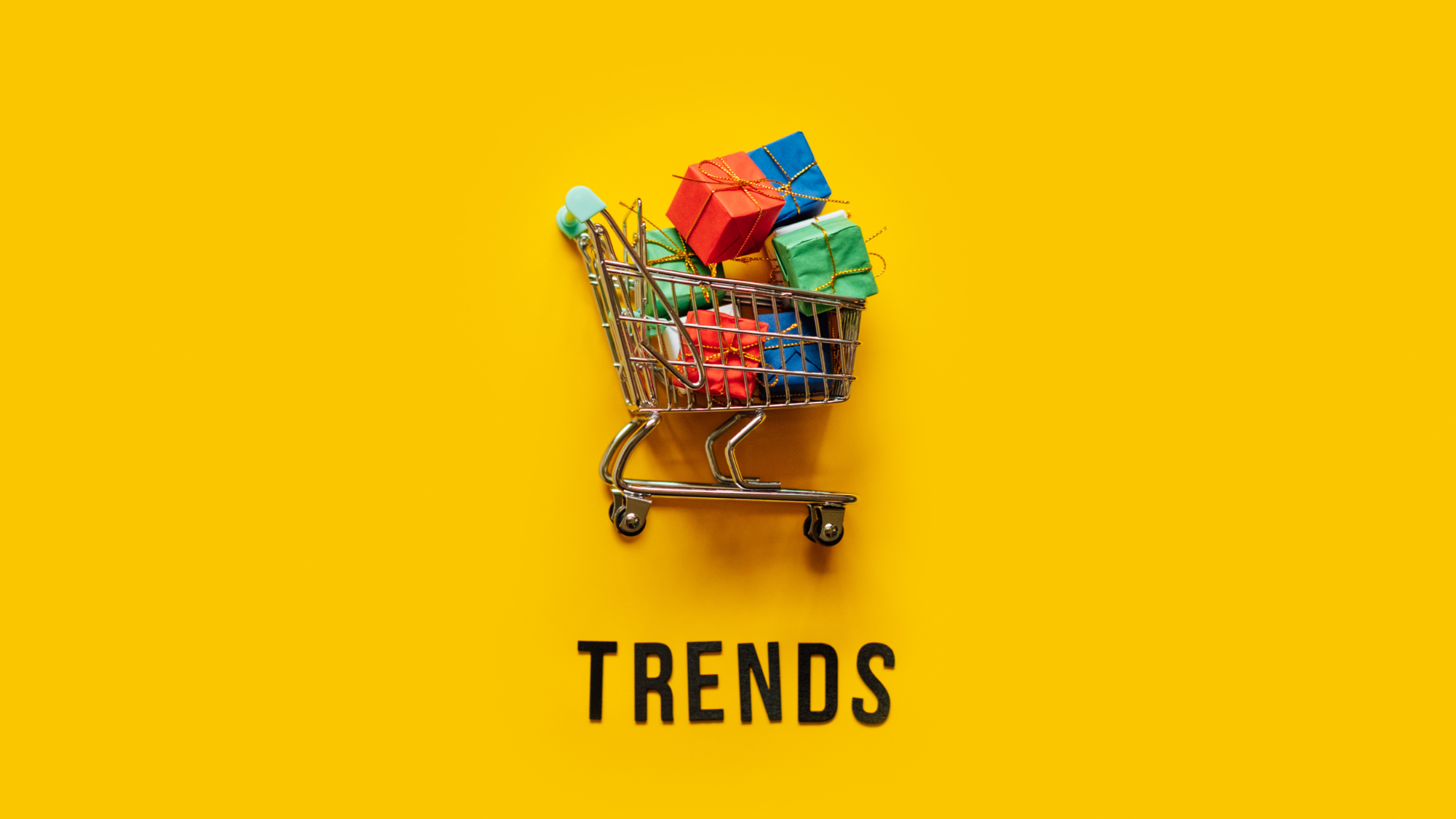
Last year, consumers once again demonstrated resilience, showing a willingness to spend despite economic challenges such as inflation and rising interest rates. As 2025 unfolds, shoppers continue to navigate an uncertain landscape, shaping the retail industry’s trajectory in the process. Below are trends that will likely emerge in the coming year.
The Evolution of Shopping Exploration
Consumers have always appreciated variety in their shopping experiences, and today, they have more channels to choose from than ever before. Traditionally, physical stores have been the primary setting for discovery and spontaneous purchases, but digital platforms are increasingly offering similar opportunities. Rachel Hardy, director of consumer product marketing at Pinterest, highlighted the growing role of social commerce in enabling consumers to explore trends and discover products they might not have previously considered. More than just purchasing, shoppers seek the “joy of shopping” and the excitement of new finds.
There is a rise in in-store shopping, particularly among Generation Z. However, this increase in brick-and-mortar visits does not necessarily mean all purchases happen in-store. Many consumers blend in-person browsing with online transactions, illustrating a flexible and adaptive approach to shopping that aligns with their immediate needs.
A New Shopping Journey
Beyond acquiring products, shopping has become a means of self-expression. Hardy pointed out that younger generations often engage with retail through the lens of “aesthetics,” carefully curating purchases that align with their personal brand. This evolving approach disrupts traditional shopping patterns; for instance, someone researching travel destinations might be inspired to purchase clothing that evokes the spirit of a dream vacation.
Despite the increasingly non-linear path to purchase, consumers still expect a seamless experience at every stage, including post-purchase interactions. Timothy Fehr, chief operating officer at Happy Returns, emphasized shifting behaviors around product returns. Many shoppers now purchase multiple items with the intention of returning several, making the return process an integral part of their buying decision. Fehr described this as consumers “buying the returns experience, not just the merchandise.”
As return rates continue to climb, they play a more significant role in brand loyalty. Studies show that a poor return experience can drive customers away, with two-thirds of shoppers indicating they would abandon a retailer if they encountered difficulties in returning a product.
The Power of Personalization
No matter how they choose to shop, consumers expect a tailored experience. While online platforms have long been known for their ability to personalize recommendations, shoppers now seek this level of customization across all retail environments. Pedersen explained how technology, such as camera recognition and AI-driven insights, can bring personalization into physical stores, enhancing the overall shopping experience.
Personalization also extends to inventory management. Fehr discussed how curated merchandising strategies can help retailers manage return volumes while still meeting consumer expectations. As retail continues to evolve, one thing is clear: shoppers crave an experience that feels unique to them, whether they are browsing in-store, engaging through social platforms, or making purchases online.

